Imagine starting your workday with complete clarity. You know what needs to be done. You know when it should be done. And most importantly, you actually get it done. Sounds like a dream, right?
Well, time tracking software can make that dream come true. It’s like a personal assistant that never sleeps—keeping tabs, nudging you forward, and helping your team become productivity superheroes.
What Exactly Is Time Tracking Software?
It’s a simple tool that records how much time you and your team spend on specific tasks. It shows you where your time is going and where it’s being lost. Instead of guessing how long a project took, you’ll know. With data!
Some popular ones include:
- Toggl
- Clockify
- RescueTime
- Harvest
Why Should You Care?
Simple. Because wasted time equals wasted money. But it’s not just about cash. It’s about energy, morale, and meeting deadlines without sweating through your shirt.
Here are some fun and powerful ways time tracking software increases productivity:
1. It Keeps You Focused
When you know the clock is ticking, you stop scrolling through memes and start working. It’s not spying. It’s motivation!
A timer can make you surprisingly efficient. You’ll start asking yourself, “Is this really worth my time?”

2. It Makes Planning a Breeze
Planning a project? Time tracking gives you solid data. You’ll know how long each part took before. So your timelines won’t come from thin air anymore.
Example: Last time, designing the home page took 10 hours. This time, plan for 10 hours—not 3.
3. Bye-Bye Procrastination
It’s easy to push off hard stuff when no one’s looking. But when you see a timer or weekly report, your brain goes: “Uh oh, I’ve got to get moving!”
This small push can do wonders for your work habits.
4. Team Transparency
Everyone sees what others are working on. No more guessing. Your boss isn’t trying to spy—just trying to see where support is needed.
And your team can coordinate better when everyone’s on the same page.
5. Say Hello to Work-Life Balance
Think you’re working eight hours? Time tracking might say 12. That’s a red flag! You could be heading straight for burnout.
With better tracking, you’ll know when to stop. You’ll also spot time-wasting trends and fix them before the coffee goes cold.
How to Start Using Time Tracking
It’s easy. Here’s a quick guide:
- Pick a tool (try a free one to start).
- Create projects or task categories.
- Hit “Start” when you begin a task. Hit “Stop” when you finish it.
- Check your weekly reports. Learn. Adjust. Improve.
Don’t aim for perfection from day one. Just get consistent. In a few weeks, you’ll learn a lot about how your team works—even if your team is just you and your cat.
Tips to Get the Most Out of It
- Be honest: Don’t fudge the numbers. Your data is only useful if it’s real.
- Make it a habit: Use it daily or it won’t work.
- Use the data: Adjust your plans based on what you learn.
And remember: time tracking isn’t about being a robot—it’s about working smarter, not harder.
Final Thought
Boosting productivity doesn’t need to be complicated. Time tracking software is simple, effective, and kind of magical. It helps you get more done and feel proud doing it.

So go ahead—pick a tracker. Watch your time. And turn chaos into calm, one tick at a time.
